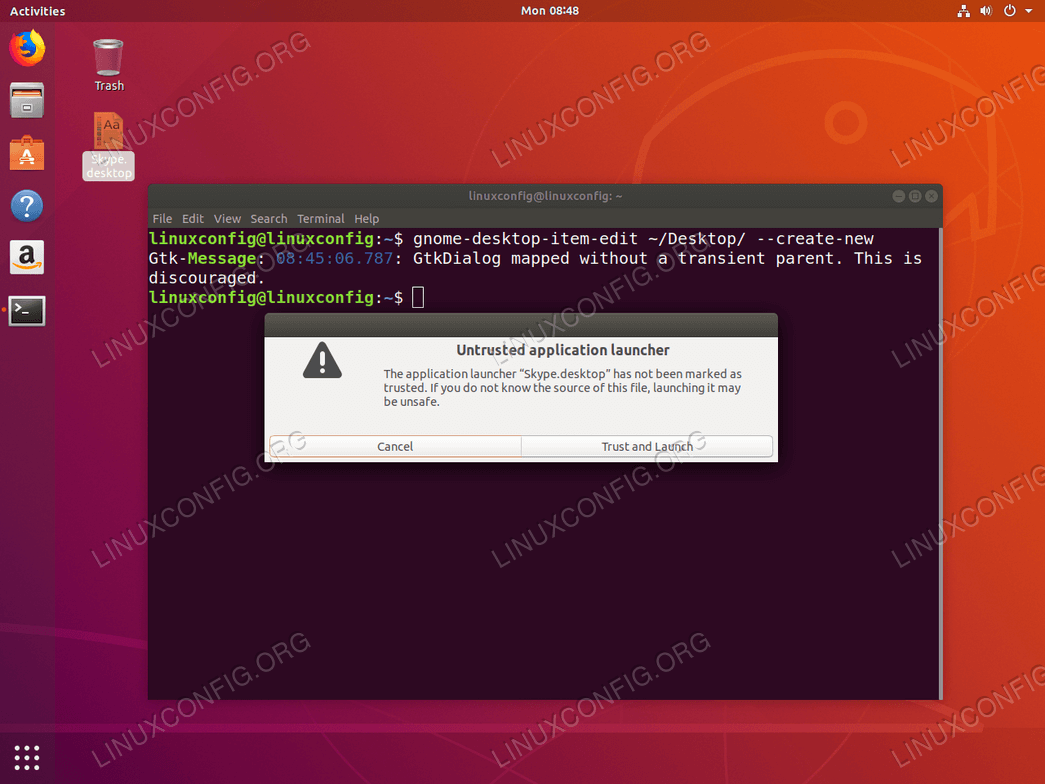

They pursued two routes to achieve this: collaborating with Sun Microsystems to embed the Java programming language, while also hiring Brendan Eich to embed the Scheme language. There was a desire in the flourishing web development scene to remove this limitation, so in 1995, Netscape decided to add a scripting language to Navigator. ĭuring these formative years of the Web, web pages could only be static, lacking the capability for dynamic behavior after the page was loaded in the browser. The lead developers of Mosaic then founded the Netscape corporation, which released a more polished browser, Netscape Navigator, in 1994. Accessible to non-technical people, it played a prominent role in the rapid growth of the nascent World Wide Web. The first web browser with a graphical user interface, Mosaic, was released in 1993.
It has application programming interfaces (APIs) for working with text, dates, regular expressions, standard data structures, and the Document Object Model (DOM). It is multi-paradigm, supporting event-driven, functional, and imperative programming styles. It has dynamic typing, prototype-based object-orientation, and first-class functions. JavaScript is a high-level, often just-in-time compiled language that conforms to the ECMAScript standard.
Creating shortcat in gnome code#
All major web browsers have a dedicated JavaScript engine to execute the code on users' devices. As of 2022, 98% of websites use JavaScript on the client side for web page behavior, often incorporating third-party libraries. JavaScript ( / ˈ dʒ ɑː v ə s k r ɪ p t/), often abbreviated JS, is a programming language that is one of the core technologies of the World Wide Web, alongside HTML and CSS. Java, Scheme, Self, AWK, HyperTalk ĪctionScript, AssemblyScript, CoffeeScript, Dart, Haxe, JS++, Objective-J, Opa, TypeScript Click that to execute it./publications-and-standards /standards /ecma-262 /
Creating shortcat in gnome install#
Sudo apt-get install -no-install-recommends gnome-panel

To prevent other packages from being downloaded we will use the –no-install-recommends at the end of the command. We only need to install the gnome-panel package because that has the capability to create the desktop application launcher along GUI interface.


 0 kommentar(er)
0 kommentar(er)
